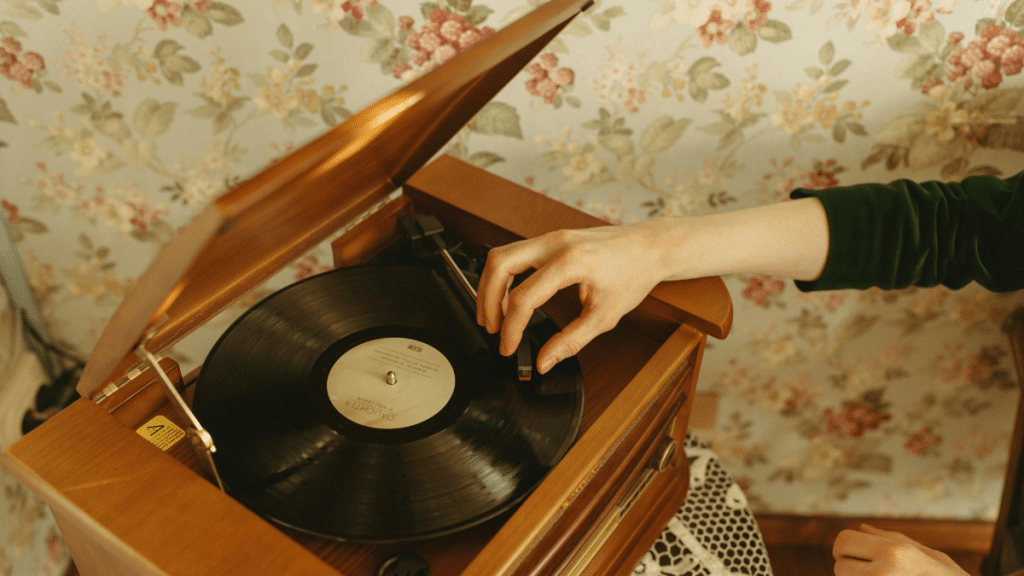Shopping for secondhand furniture is a treasure hunt filled with potential for unique and affordable finds. However, bringing preloved items into your home can come with hidden risks, such as pests hitching a ride. While not all second-hand furniture poses a threat, certain types are more susceptible to harboring unwanted guests. Knowing which pieces might need pest treatment services can save you from costly infestations and keep your home safe.
Here’s a closer look at the furniture pieces you should carefully inspect—and possibly treat—before incorporating them into your space.
Upholstered Furniture
Couches, armchairs, and ottomans are comfortable and inviting, but they can also be perfect hiding spots for pests like bedbugs, fleas, and even cockroaches. The soft fabric and inner foam provide warmth and shelter, making them a potential breeding ground. When purchasing second-hand upholstered items, check for tiny black spots, shed insect skins, or live bugs. To be safe, consider sending these pieces through treatments before bringing them indoors.
Wooden Tables and Chairs
Wooden furniture is timeless and often built to last, but it can also attract wood-boring insects such as termites or powderpost beetles. These pests tunnel into the wood, leaving behind fine, powdery sawdust and tiny exit holes. Examine the surface and underside of wooden tables and chairs carefully. If you notice signs of activity, it’s wise to treat the furniture to avoid spreading the infestation to other wooden structures in your home.
Antique Bed Frames
Vintage or antique bed frames can add charm and character to your bedroom, but they’re not immune to pests. Bedbugs, in particular, are notorious for hiding in the cracks and joints of bed frames. Even metal frames aren’t entirely safe, as pests can hide in screw holes or corner seams. Cleaning and treating these pieces with professional methods is essential before use.
Second-Hand Mattresses
Mattresses are one of the riskiest second-hand purchases. Bedbugs and dust mites can burrow deep into the layers, making them difficult to detect and eliminate. Even if a mattress looks clean, it’s nearly impossible to ensure it’s pest-free without professional treatment. Avoid bringing second-hand mattresses into your home unless they’ve been certified as sanitized.
Wicker and Rattan Furniture
Wicker and rattan furniture are lightweight and stylish, especially for outdoor or bohemian-inspired interiors. However, their intricate weaves provide countless nooks and crannies where pests can hide. Spiders, cockroaches, and even small rodents might make these pieces their home. Always inspect wicker furniture and consider applying a pest spray.
Bookshelves and Cabinets
Bookshelves and cabinets may seem like an unlikely haven for pests, but they’re often overlooked during inspections. Termites and beetles can tunnel into the wood, while cockroaches might nest in the corners or behind drawers.
When buying second-hand shelves or cabinets, check every crevice for signs of pests and clean them thoroughly before introducing them to your home.
Second-Hand Rugs and Carpets
Rugs and carpets are cozy additions to any space, but they can also be breeding grounds for fleas, mites, and other pests. The fibers trap dirt, debris, and even pest eggs. Before bringing second-hand rugs into your home, vacuum them thoroughly and consider having them professionally cleaned or treated to eliminate any hidden issues.
Upholstered Dining Chairs
Like couches and armchairs, upholstered dining chairs can harbor pests in their padding and fabric. These items are often overlooked during inspections because their pest activity might not be immediately visible. Check for signs of bedbugs or beetles, and treat these chairs appropriately before adding them to your dining area.
Dressers and Nightstands
Wooden dressers and nightstands are popular second-hand finds, but their drawers and hidden compartments make them prime real estate for pests. Termites and beetles can damage the wood, while cockroaches may lay eggs in the dark corners. Inspect every part of these items, including drawer interiors and undersides, before bringing them indoors.
Outdoor Furniture
Secondhand outdoor furniture, like patio sets and garden chairs, is especially prone to pests such as ants, spiders, and even wasps. These items are often stored in garages or sheds, where insects can easily take up residence. Wash outdoor furniture thoroughly and apply pest control treatments to eliminate potential infestations.
Bonus Advice
Inspecting and Treating Second-Hand Furniture
- Inspect Thoroughly: Use a flashlight to check cracks, seams, and hidden areas for signs of pests like droppings, eggs, or live insects.
- Clean Before Use: Vacuum and wipe down furniture with a mixture of water and vinegar to kill surface pests.
- Use Heat or Cold: Exposing furniture to extreme temperatures can help eliminate pests. Place items in direct sunlight or freeze smaller pieces to kill insects and eggs.
- Consider Professional Services: When in doubt, rely on pest control services to ensure your secondhand furniture is pest-free and safe for your home.
The Benefits of Second-Hand Furniture
Despite the risks, secondhand furniture offers several benefits, including affordability, sustainability, and the chance to find unique or vintage pieces. With proper inspection and treatment, you can enjoy these advantages without worrying about unwanted pests.
Conclusion
Bringing secondhand furniture into your home is a smart and eco-friendly choice, but it requires careful consideration to avoid pest infestations. Upholstered furniture, wooden items, mattresses, and outdoor pieces are just a few examples of furniture that may harbor pests.
To keep your home safe, always inspect and clean secondhand furniture thoroughly—and don’t hesitate to rely on pest treatment services for peace of mind. By taking these precautions, you can enjoy your secondhand treasures without any unwelcome surprises.
“Sponsored Blog Post“
